The children’s oral care market is growing rapidly, fueled by increasing parental awareness, pediatric dental recommendations, and evolving consumer preferences. For oral care brands, developing or sourcing children’s oral care products requires a delicate balance between safety, effectiveness, and child appeal. This article provides a structured guide for brands and procurement teams on what to prioritize—whether you’re developing in-house or seeking a reliable manufacturing partner.
Children have more sensitive systems than adults, so the first priority is safety. Brands must ensure that all components in the product are 100% safe for young users.
A safe kids toothbrush should be made of BPA-free, food-grade plastic and feature soft bristles that won’t harm developing gums or enamel.
For toothpaste, opt for non-toxic toothpaste for children, free from fluoride (for younger age groups), SLS, artificial colors, and parabens.
Always work with manufacturers that can provide full safety certifications and material compliance documentation.
Manufacturers should be familiar with global and regional safety standards. When choosing suppliers, prioritize those experienced in producing ADA-approved children’s dental care products.
In the U.S., the American Dental Association (ADA) seal is a trusted symbol that confirms safety and efficacy.
In Europe or other markets, similar certifications (CE, ISO, etc.) are also important.
A reputable manufacturer will understand and meet these requirements across formulation, packaging, and labeling.
Creating child-friendly oral hygiene products involves more than reducing size or adding color. True usability includes ergonomic design and psychological appeal.
Toothbrushes should be easy to grip for small hands and have attractive, playful designs to encourage consistent use.
Oral irrigators (for older kids) should offer adjustable pressure and safety lock features.
Flavor and texture of toothpaste matter greatly. Fruity, mild flavors are typically more accepted than strong mint.
Children’s oral care needs vary drastically by age, so product design and packaging should reflect this.
Categories might include: 0–3 years (gummy brushes, fluoride-free gel), 4–7 years (manual brushes, mild toothpaste), and 8+ (electric brushes, beginner flossers).
Make sure your manufacturer supports product diversification and has tooling and mold flexibility for different age groups.
.jpg)
.jpg)
Packaging isn’t just about protection—it’s a critical factor in shelf appeal and brand storytelling, especially in children’s categories.
Look for manufacturers that offer customized, BPA-free, and recyclable packaging.
Consider blister packs with built-in toothbrush holders or character-based box designs to enhance appeal.
Co-branding or licensing characters (e.g., cartoons, superheroes) can boost product visibility.
When sourcing a manufacturer for children’s oral care products, evaluate more than just price. You need a long-term partner who understands your brand goals, target market, and compliance needs.
Checklist for selection:
Proven track record with children’s oral care products
Audit-ready facilities with ISO and GMP certifications
Ability to produce safe kids toothbrush, non-toxic toothpaste for children, and ADA-compliant products
Strong R&D capabilities for customization
Transparent quality control and full traceability
Developing and sourcing children’s oral care products requires attention to safety, regulation, age relevance, and appeal. By focusing on child-friendly oral hygiene principles and partnering with the right manufacturers, brands can create trusted products that win over both kids and their parents. From safe kids toothbrushes to non-toxic toothpaste for children, make sure every element is designed with care—and built for compliance.
Looking for a reliable manufacturing partner for your next children’s oral care line? Contact Powsmart today for customizable, certified solutions tailored to your brand.https://www.powsmart.com/about-powsmart/
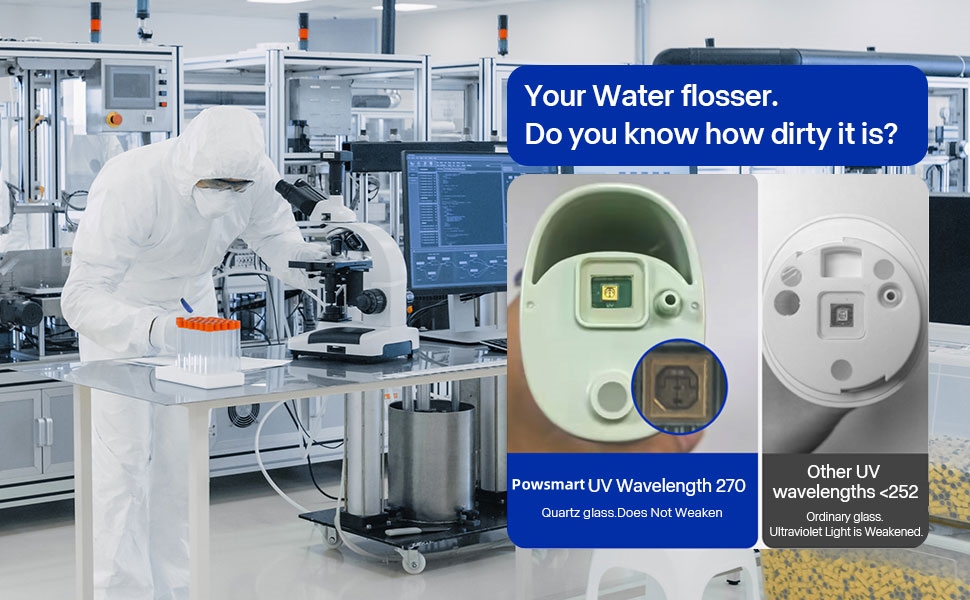
Is the Higher the PSI of the Oral Irrigator the Better?
Gum Recession from Pulse Inconsistency? Uncover the Overlooked Risk in Oral Care Devices
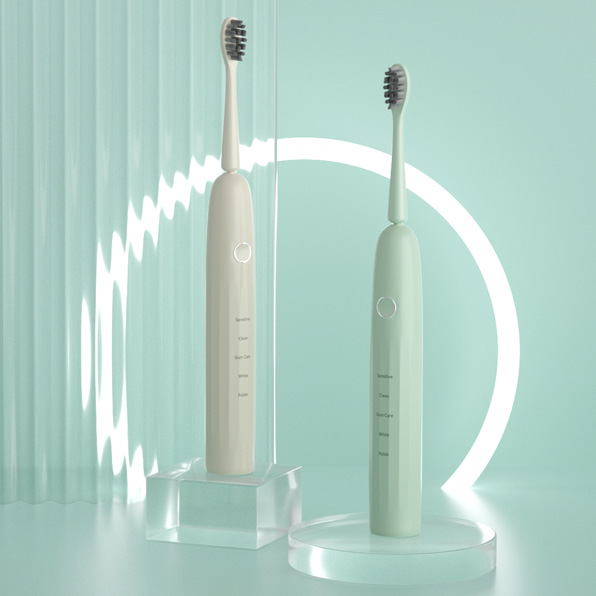
Is a One-button toothbrush truly a Pune simple toothbrush for seniors?

Tips for San Francisco Tech-Innovative Electric Toothbrush Startups Finding OEM Partners
Looking for a smart toothbrush Austin that understands Austin tech brush innovation?
Durable Electric Toothbrush for Texas Ranchers
.jpg)
The Right Way to Clean a Water Flosser & How OEM Design Makes It Easier
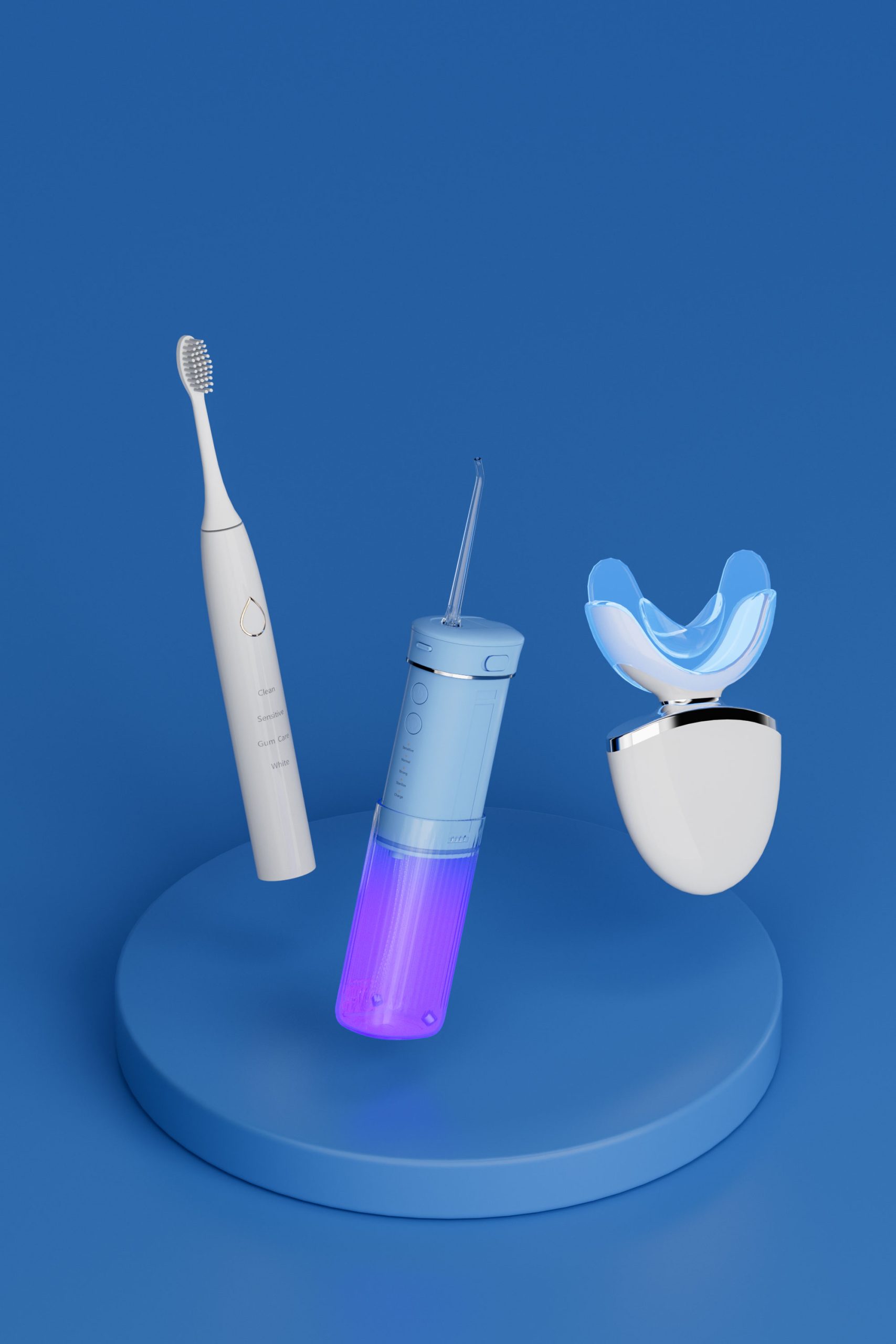
Smart Home Health Devices: Connected Toothbrush OEM Solutions
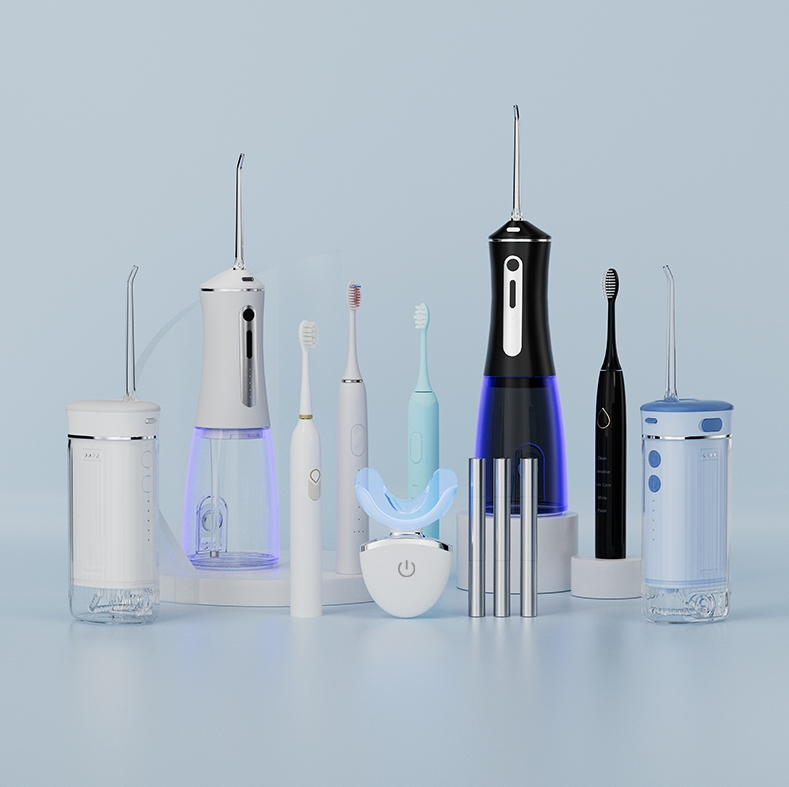
Why Electric Toothbrush & Water Flosser Bundles Sell Better
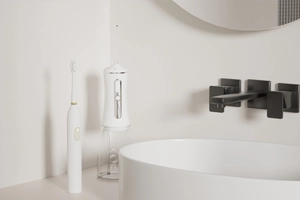
Talk About the Waterproofing Process of Electric Toothbrush as a Factory
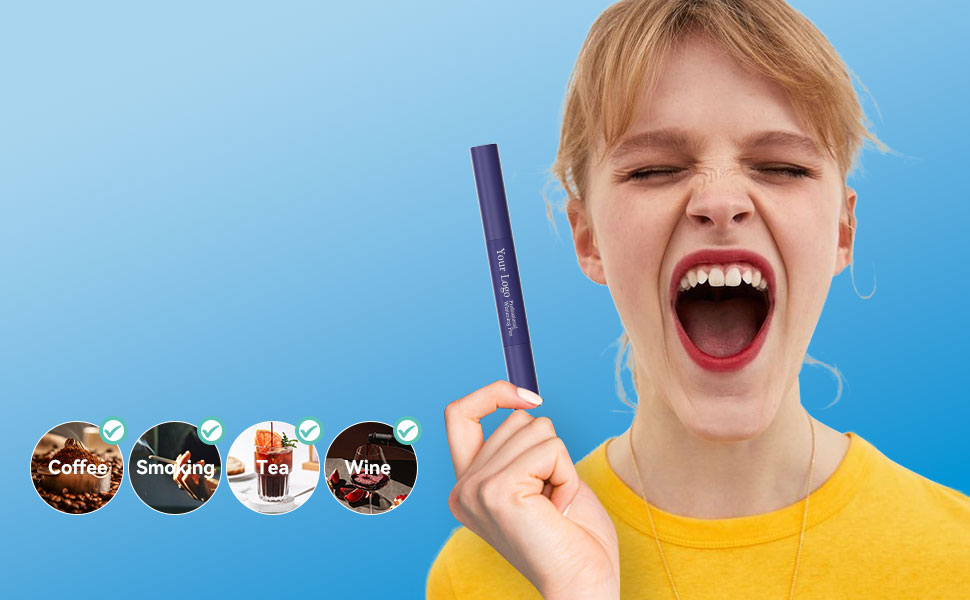
Does Magnetic Levitation Toothbrush Experience Brush Shedding?
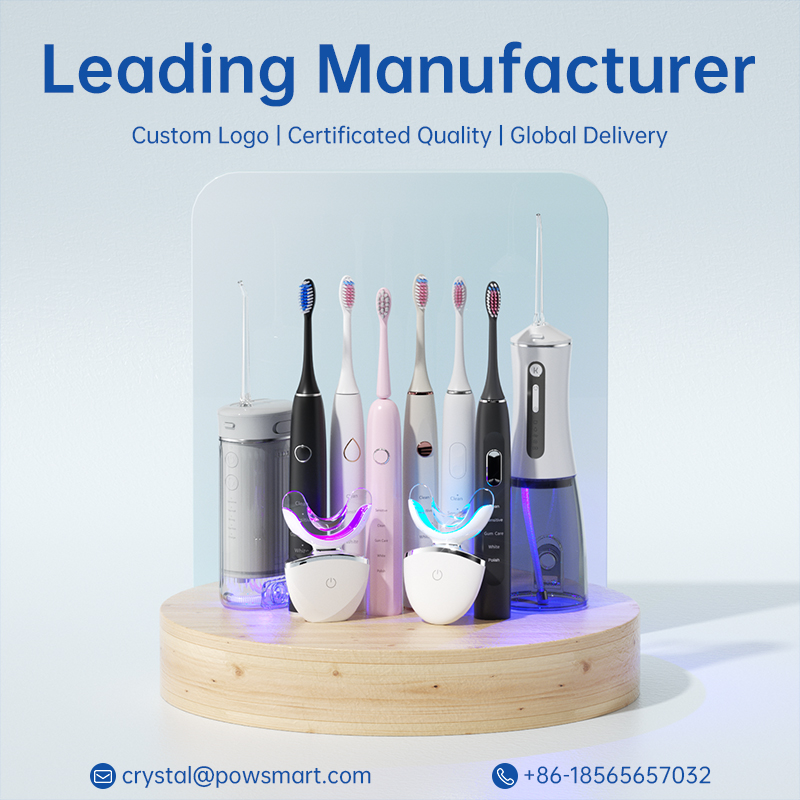
OEM Strategies to Prevent Water Flosser Mold and Ensure User Health
Water Ingress Causing Motor Rust—How Serious Is It?
.jpg)
Can a Toothbrush Provider Supply Toothbrush for Children with Characters?
.jpg)
Seeking dental assistant roles? Certification programs near Tacoma

SF toothbrush deals vs. San Francisco sale — which is better?

electric toothbrush heads Ultra Soft
.jpg)
Florida Electric Toothbrush – Powsmart PTR-C8

electric toothbrush heads Charcoal Infuse-Round

Customization Teeth Whitening Gel

electric toothbrush heads Regular Clean

Electric toothbrush heads Charcoal Infused-Diamond

Private Label Whitening Gel

electric toothbrush heads Deep Clean
whstapp
whstapp
National Toll-Free Service Hotline
+86 755 86238638